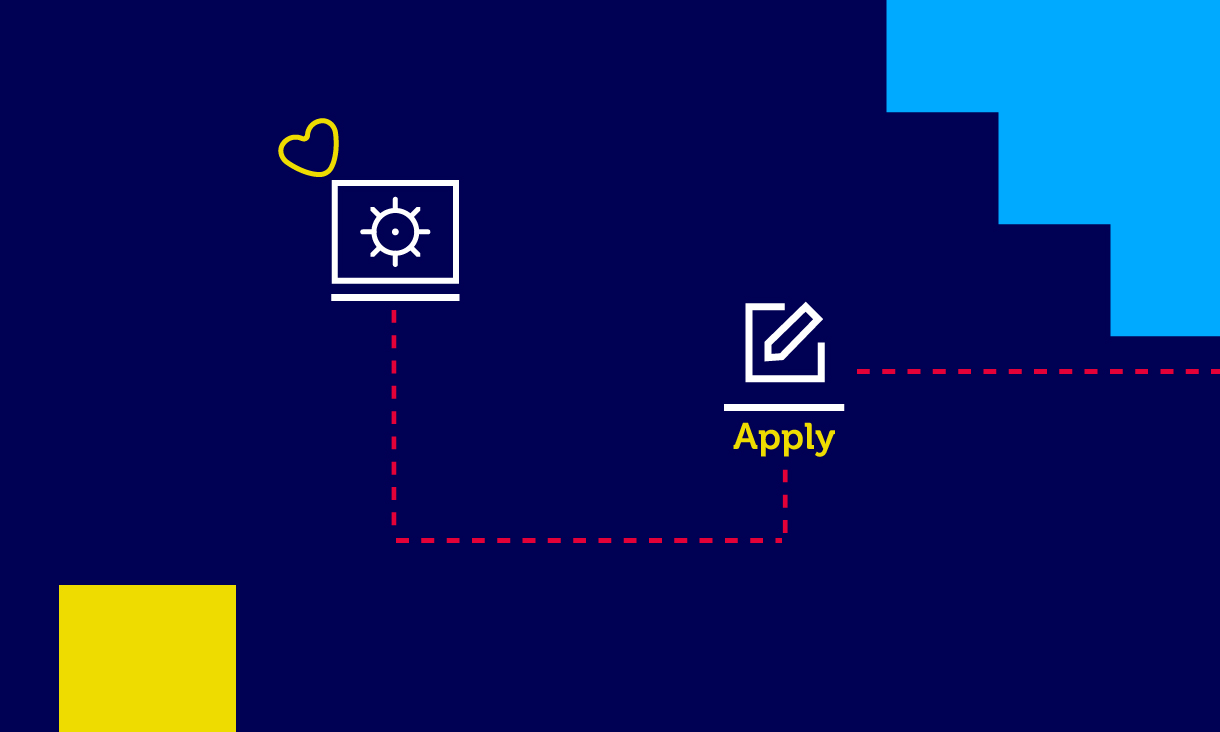There are two main ways to apply to RMIT, via the Victorian Tertiary Admissions Centre (VTAC) or by direct application. Most secondary school students must apply through VTAC.
Option 1: Apply through VTAC
VTAC is responsible for processing applications for Victorian tertiary institutions, for degrees, selected certificate and diploma courses.
Your teen will have the opportunity to add up to eight different courses to their preference list. Courses can be added, removed or re-ordered via their VTAC user account until the application closing date.VTAC course codes
All courses that take applications through VTAC have a unique VTAC course code. Some courses have more than one.
When your teen applies for courses, these ten-digit codes tell VTAC which course, which campus and which type of course fees they are applying for. Find out more about VTAC course codes.
Option 2: Apply direct to RMIT
There is also a selection of courses that are available for direct application to RMIT.
If students are looking to apply in Semester 1, there are a few criteria. Direct application in Semester 1 is only available to those that are not currently in Year 12 and haven’t registered or applied through VTAC.
Courses that are open for Semester 2 intake, are available via direct application. Just check that the course is available for direct application. You can see whether a course is available for direct application under ‘How to apply’ in each course page, just choose a course in Study with us.
Useful information
Equity access
RMIT’s equity access schemes can support your teen to access and succeed in education through equity access schemes including equity schemes & scholarships, Schools Network Access Program (SNAP) and Aboriginal and Torres Strait Islander Access Program.
Prerequisites and selection requirements
Prerequisite secondary school subjects or selection requirements may need to be completed to be eligible for selection into specific university and TAFE courses.
More about prerequisites and selection requirements
Fees
Find out about course fees and options for payment including HECS-HELP, FEE-HELP and VET Student Loans.
All undergraduate degrees for local students only have Commonwealth supported places (CSP) available, with the exception of AD023 Associate Degree in Aviation (Professional Pilots) program, which is full-fee only.
Commonwealth supported places (CSP)
CSPs are university places paid for jointly by the student and Commonwealth Government. The student share (student contribution) is set by the government and determined by the study discipline area. Learn more about CSPs.
Student loans for bachelor and honours degrees
HECS-HELP allows students to defer up to 100% of their student contribution and is for eligible students studying a degree program in a CSP. Find out more about HECS-HELP.
Fees for certificate and diploma programs have two different fee structures, State Government subsidised places and full fee places. The vast majority of secondary students will have access to a subsidsed place.
Subsidised places
The Victorian State Government provides subsidised places for VET programs provided students meet the eligibility criteria. Eligibility criteria are based on age, prior education and citizenship. Find out more about subsidised fees.
Full fee places
RMIT offers vocational education places on a full-fee basis for students who are not eligible for a government-subsidised place. Get a fee estimate.
Free TAFE for Priority Courses
From January 2019, the State Government will cover the cost of 30 priority courses and 18 pre-apprenticeship courses at TAFE institutes, including universities such as RMIT University. Find out more about the Free TAFE for Priority Courses initiative.
Student loans for certificates and diplomas
VET Student Loans are for eligible students and can be used to cover up to 100% of your tuition fees. Find out more about VET Student Loans.



